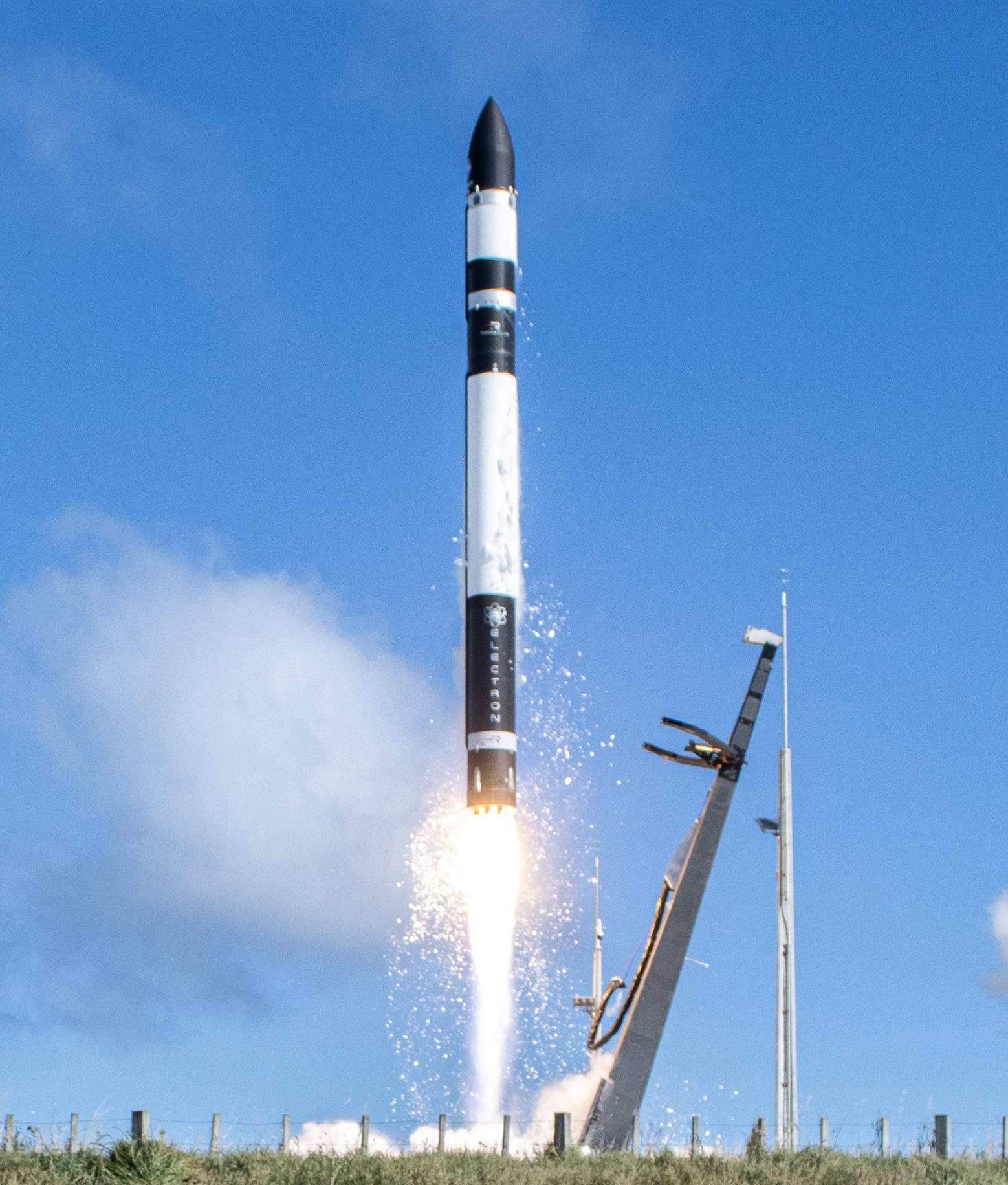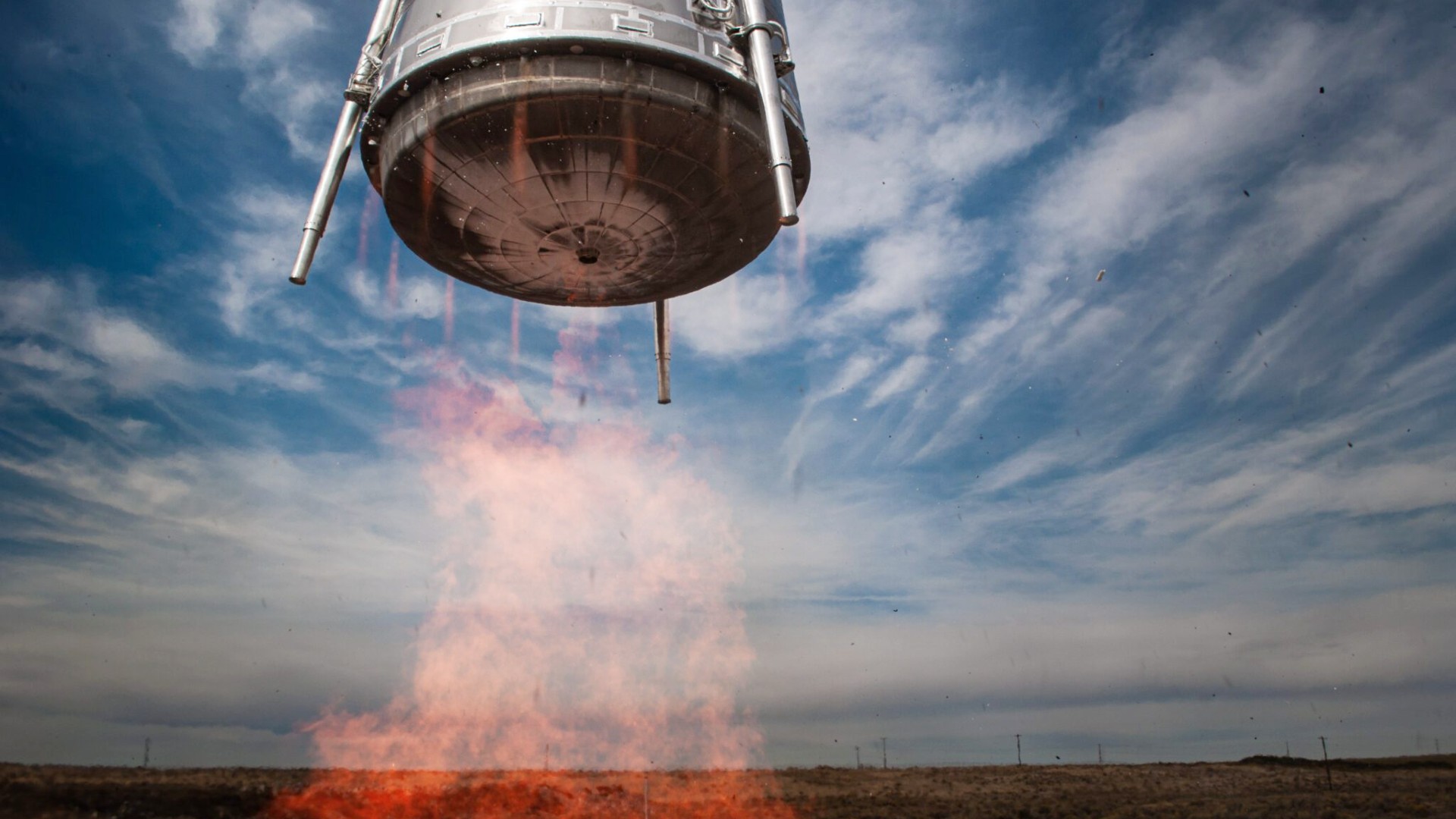
Rocket Lab and Stoke Space Join $5.6 Billion US Space Force Launch Program as New Competitors in National Security Missions
A Calculated Gamble in Orbit: Why the U.S. Space Force’s $5.6B Launch Bet Is More About the Future Than the Present
The Silent Revolution in U.S. Space Launch Strategy
On March 27, 2025, the United States Space Force rewrote a crucial chapter in the nation's launch playbook. In a move that stunned some, reassured others, and sparked heated debate across the defense and commercial aerospace sectors, the Space Systems Command announced that Rocket Lab USA and Stoke Space Technologies had been awarded entry into the National Security Space Launch (NSSL) Phase 3 Lane 1 contract.

While the $5.6 billion figure attached to the Lane 1 contract dazzled headlines, insiders were quick to point out the nuance: this isn’t a jackpot—it’s a poker table. And the chips are credibility, capital, and capability.
This is not about immediate launches or domination. It’s about reshaping the launch ecosystem, slowly, with deliberate bets on underdogs.
Did you know that the National Security Space Launch (NSSL) program is a critical initiative by the U.S. Space Force to ensure reliable access to space for national security satellites? This program focuses on achieving a 100% mission success rate while promoting cost-effectiveness through competitive block buys of launch vehicles. Since its inception, NSSL has successfully launched $63 billion worth of space capabilities into orbit, saving taxpayers $7 billion through strategic procurement strategies. The program supports the development of domestic launch providers and fosters technological advancements in space technology, ensuring the U.S. maintains a robust space presence.
The Blueprint for a More Competitive Space
The NSSL Phase 3 program is structured into two “lanes.” Lane 2 remains the domain of the high-stakes: critical, risk-averse missions launched by veteran players like SpaceX, United Launch Alliance (ULA), and, increasingly, Blue Origin. Lane 1, by contrast, is a proving ground—where newer entrants are invited to build launch heritage on more flexible, lower-risk national security missions.
Simplified Structure of NSSL Phase 3 Showing Lane 1 and Lane 2
| Feature | Lane 1 | Lane 2 |
|---|---|---|
| Target Providers | Emerging providers, new entrants | Established players |
| Mission Focus | Less demanding, commercially addressable orbits | Critical national security missions |
| Mission Assurance | Tiered framework, streamlined requirements | Full NSSL mission assurance process |
| Entry Opportunities | Annual on-ramps | Limited selection |
| Awarded/Expected | Blue Origin, SpaceX, ULA (June 2024) | Up to three providers (late 2024) |
| Mission Volume | At least 30 over five years | Not specified |
Rocket Lab and Stoke Space are the latest companies to step onto this proving ground. Their addition follows the June 2024 onboarding of SpaceX, Blue Origin, and ULA into the same lane. The entire Lane 1 opportunity pool covers at least 30 missions between FY2025 and FY2029, with a possible five-year extension after that. But being onboarded doesn’t guarantee even a single mission—it simply allows these companies to compete.
"The goal isn’t to crown new kings," one aerospace analyst commented. "It’s to create a deeper bench. The Space Force wants resilience and redundancy, not another monopoly."
Rocket Lab: Neutron or Bust
For Rocket Lab, best known for its lightweight Electron rocket, this contract is a high-profile but high-pressure chance to scale up. Electron, though reliable, is too small for most NSSL needs. The company’s medium-lift Neutron rocket, still in development, is the horse it's betting on.

The opportunity is massive: access to the NSSL procurement system, a shot at government contracts, and the legitimacy that comes with Space Force endorsement. It could also serve as a signal boost to investors watching closely for signs of Neutron’s viability.
The challenge? Neutron hasn’t flown yet. Despite prior task orders—like a $14.49 million award for an Electron launch—the mission-critical part of this new opportunity hinges on Neutron’s successful, timely debut. Skeptics note that Rocket Lab may face delays, and could need additional capital to see Neutron through to operational status.
"It’s validation, yes," said one investor. "But it’s also a ticking clock. They need to fly Neutron, prove cadence, and do it before the Lane 1 mission queue starts thinning out."
In short, this award could be a turning point—but only if Rocket Lab executes. Without Neutron, their Lane 1 eligibility is, functionally, a title without a tool.
Stoke Space: Reusability or Ruin?
If Rocket Lab is playing for growth, Stoke Space is playing for survival.
Founded on the promise of fully reusable launch technology, Stoke has yet to prove its system at scale. Their $4.5 million award from the Defense Innovation Unit hinted at promise, but the NSSL Lane 1 invitation marks their most significant validation to date.

Fully reusable launch technology refers to launch systems where all major components, such as boosters and upper stages, are designed for recovery and reuse after flight. This approach aims to dramatically lower the cost of space access by minimizing discarded hardware and enabling frequent launches, a concept central to vehicles like SpaceX's Starship.
The upside is clear: visibility, legitimacy, and a better shot at Series B and C funding. For a startup, being mentioned in the same breath as ULA and SpaceX is rocket fuel for investor decks.
But the downside looms large. With no operational vehicle and limited capital compared to its competitors, Stoke faces a long road. Its execution risk is high, and its chances of actually launching within the core five-year window are unclear.
“This is a ‘call option’ for the Space Force,” said a launch consultant. “They’re not expecting Stoke to deliver tomorrow. But if they do in three years, and the tech works, they’ve got a new player in the game.”
For now, the real benefit to Stoke might be in perception—attracting the cash and talent needed to mature.
The Incumbents: Secure, but Watchful
What does this mean for the big three—SpaceX, ULA, and Blue Origin?
Not much, at least not yet.
They already hold Lane 1 positions. They dominate Lane 2. They have the infrastructure, the cadence, the political relationships, and the experience. SpaceX, in particular, has already secured the first Lane 1 task orders and is flying at unmatched volume.
However, the expanded pool of eligible competitors may begin to nibble at the edges. For lower-priority missions, the Space Force might favor cost-competitive or innovative solutions, especially if the incumbents are booked solid or price-inflexible.
Still, most industry watchers agree: "This won’t dethrone SpaceX. But it might create some shadows behind them.”
Evolution of National Security Space Launch Market Share
| Time Period / Phase | Description | ULA Share | SpaceX Share | Other Providers | Notes |
|---|---|---|---|---|---|
| Pre-2015 (EELV) | Evolved Expendable Launch Vehicle program prior to SpaceX certification. | Monopoly (100%) | 0% | 0% | ULA, formed in 2006 from Boeing & Lockheed Martin, was the sole provider for DOD/NRO launches. |
| 2015-2019 (EELV/NSSL) | Period after SpaceX certification, competition introduced. | Dominant, but share decreasing | Growing share | 0% | SpaceX won its first competitive NSSL contract in 2016. ULA still held the majority of contracts. |
| Phase 2 (FY20-FY24) | Launches procured FY20-FY24 for launch FY22-FY27. | ~60% | ~40% | 0% | Formal split awarded in Aug 2020. ULA received 26 mission assignments, SpaceX received 22. Total NSSL Phase 2 task orders value exceeded $8.5 billion. |
| Phase 3 Lane 1 (FY25-FY29) | Procurement for lower-risk missions, allows broader competition (Base Period). | Eligible to Compete | Eligible to Compete | Blue Origin | Multi-award IDIQ contract worth up to $5.6B. SpaceX won the first two task orders (9 launches) worth $733.5M in Oct 2024. Blue Origin also selected but yet to launch. |
| Phase 3 Lane 2 (FY25-FY29) | Procurement for higher-risk, more complex missions (Base Period). | TBD | TBD | TBD | Contract awards expected later in FY2025. Designed for most stressing heavy-lift launches. |
Behind the Strategy: A Military Hedge Against Monopoly
From the Space Force’s perspective, this is textbook diversification. By bringing in Rocket Lab and Stoke Space, they’re reducing long-term reliance on a handful of providers—some of whom have complex commercial and geopolitical entanglements.
United Launch Alliance (ULA) was formed as a joint venture between Boeing and Lockheed Martin, emerging from the Evolved Expendable Launch Vehicle (EELV) program. This consolidation effectively created a duopoly that dominated the US national security space launch market for many years.
It’s also a bet on innovation. Lane 1’s streamlined, commercial-like procurement model is built to let fresh ideas compete with entrenched infrastructure. Even if only a few missions go to these new entrants, the competitive pressure could help drive costs down and speed up timelines for everyone.
A defense procurement strategist put it succinctly: “We don’t need them to succeed immediately. We need them to exist, improve, and compete—eventually.”

Investors: The Signal Beneath the Noise
Market participants with exposure to space equities are parsing this announcement with care. The headline number—$5.6 billion—is not a windfall. It’s a ceiling, shared across all Lane 1 providers.
For Rocket Lab, the market reaction will likely be positive but muted. Neutron’s actual test milestones will remain the real catalysts. For Stoke, it’s more about survival than revenue—this award could be the bridge to their next funding round, not their next launchpad.

“The smartest money isn’t buying on this news,” said a fund manager focused on aerospace. “It’s waiting to see a static fire or a payload fairing.”
What's Next: Where Rubber Meets Rocket
The next 12 to 24 months will be the crucible. Here’s what industry insiders and investors are watching:
- Neutron Test Flights: Every hardware milestone, hotfire, and wet dress rehearsal will move Rocket Lab’s stock more than this award itself.
- Stoke's Fundraising and Flight Readiness: If this award unlocks institutional money, they might make it. If not, they risk becoming a footnote.
- Task Order Competition: Who actually wins the next missions—and at what price—will determine whether the incumbents feel pressured.
- Lane 2 Dynamics: As Lane 2 ramps up, expect deeper competition and clearer delineation of which providers are trusted with the most sensitive assets.
The Final Trajectory
This latest expansion of the NSSL Phase 3 Lane 1 roster isn’t a revolution—it’s a controlled detonation of the status quo. The U.S. Space Force isn’t picking winners. It’s seeding the field.
For Rocket Lab, it’s a necessary milestone on a road that still requires flight-proven hardware and operational excellence. For Stoke Space, it’s an existential boost—but only if it converts paper potential into physical propulsion. For the incumbents, it’s more bark than bite—today.
In the high-stakes world of national security space, access is just the beginning. Execution—relentless, reliable, and rapid—is the only currency that counts.
And the clock has already started.